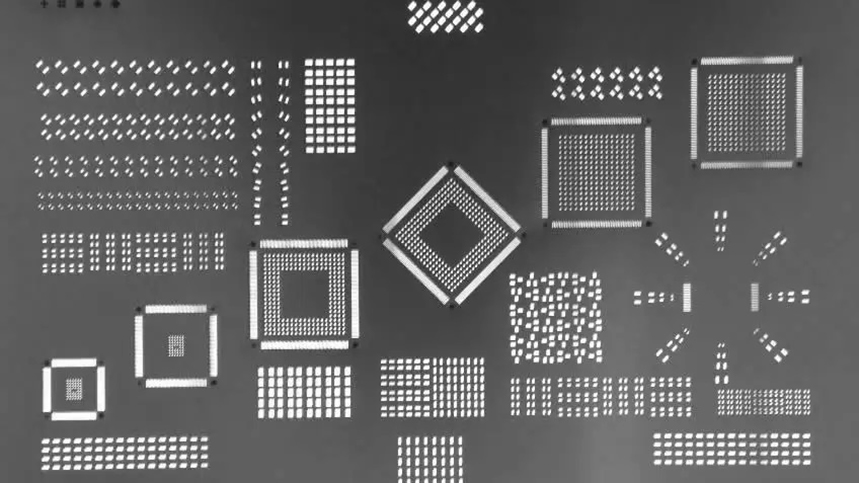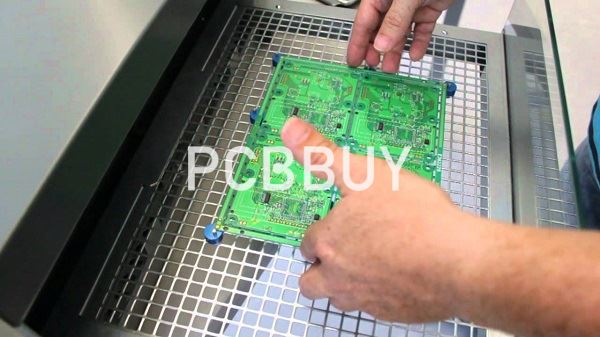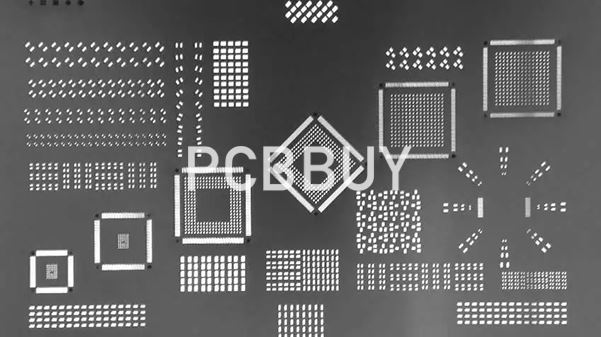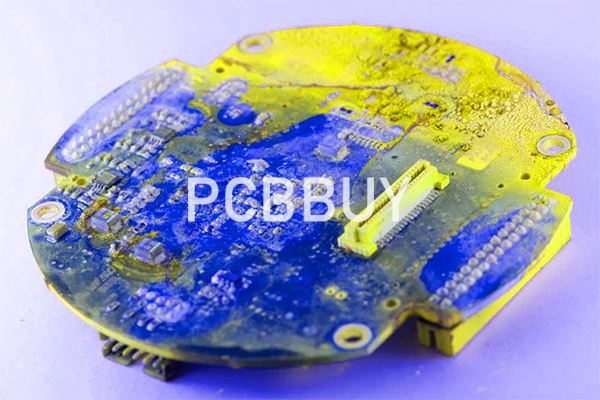How to Make PCB Stencil through the 5 Effective Methods?
By:PCBBUY 11/15/2021 10:18

When making board designs that use small pitch, you will eventually want to use a solder paste stencil to allow you to get a nice even coating on solder paste on your pads without having to worry about solder bridges when you cook your board in a reflow oven, or toaster, or on a hot plate.
If you are going to learn more about the methods of making PCB stencil, please check and read the content below in this passage.

1. What is the standard thickness of PCB stencil?
This is important to ensure there is good release of solder paste from the apertures and to obtain the correct volume of solder paste to achieve the desired solder joint. Typically the stencil thickness would be between 4 thou and 8 thou thick. If the stencil is too thick for the size of apertures then it can lead to the paste being held by surface tension to the inner walls of the aperture.
2. How to process PCB stencil?
Before you can go into production, solder paste is printed onto the component pads of the PCB. How can you make sure you apply the solder paste with precision exactly where it needs to go? Stencils, or formally surface mount technology stencils, are the answer. Stencils are the medium used to transfer that solder paste onto the PCB.
Stencils consist of a foil made of stainless steel that is laser cut to match the places where surface mount devices will go on the board. Once you have the cut stencil, solder paste is applied over the openings with a metal squeegee blade. When the stainless-steel foil of the stencil is pulled away, it leaves the solder paste perfectly placed on the board to receive your surface-mounted devices.
3. What are the considerations of PCB stencil?
SMD-Stencils are precision tools which have to comply with high requirements, as they take a key role in the SMT (surface mount technology) process. We offer following SMD-Stencils:
Solder paste stencils are used to apply solder depots on printed circuit boards with a screen printing technique. SMD components (SMD = surface mounted device) are placed within these depots subsequently and soldered with a following reflow- or vapor phase process.

Stencils for adhesives are primarily used for mixed assembly, as substitution for a dispenser, and are necessary before component mounting and wave soldering.
Our lasered SMD-Stencils (made of stainless steel) allow a precise placement and strenght-of-shape of the solder- / adhesive- depots on the PCB and therefore accomodate the small track-widths and spacings as well as the hightech multipin components. Our SMD-Stencils are perfectly suited for finepitch and BGA assembly.
4. What are the requirements of PCB stencil?
The quality of the finished assembly is influenced by the SMD-Stencil used. The size of the apertures (openings), and thickness of the stencil determine the amount and shape of the applied paste.
The purpose of the SMD-Stencil is:
· Precise application of the needed material (solder paste, glue)
· Creation of depots defined in shape and size
· Reproducibility of the print
· Effective cleaning of the pads
· Economy
To ensure an optimum result for the production of your SMD-Stencils, please note the following design hints.
5. What is the data of PCB stencil?
Data Format Regardless of the SMT stencil fabrication method used, Gerber data is the preferred data format. There are two standard Gerber formats available:

· RS-274D – requires a data file listing the X-Y coordinates on the SMD stencil where apertures are to be placed and formed, and a separate Gerber aperture list that describes the size and shape of the various Gerber apertures used to prepare the image.
· RS-274X – in this format the Gerber aperture list is embedded in the data file.
Aperture List The aperture list is an ASCII text file containing D codes that define the size and shape for all apertures used within the Gerber file. Without the aperture list, the software and photo plotting system cannot read the Gerber data. Only the X-Y coordinates would be available with no size and shape data.
Solder Paste Layer The solder paste layer data is necessary to produce a solder paste stencil. If fiducials are required on the PCB assembly stencil, they should also be included in the solder paste layer.
Panelized Stencils In those cases where it is desired to have more than one image on the SMT stencil, the stencil patterns will be panelized and included in the data file. In those instances where the data file does not already contain the SMT panelized stencil design, a readme file, panel drawing or order information must specify the location of the two or more designs. This could be a reference from the edge of the frame, distances between patterns, etc.
Industry Category











